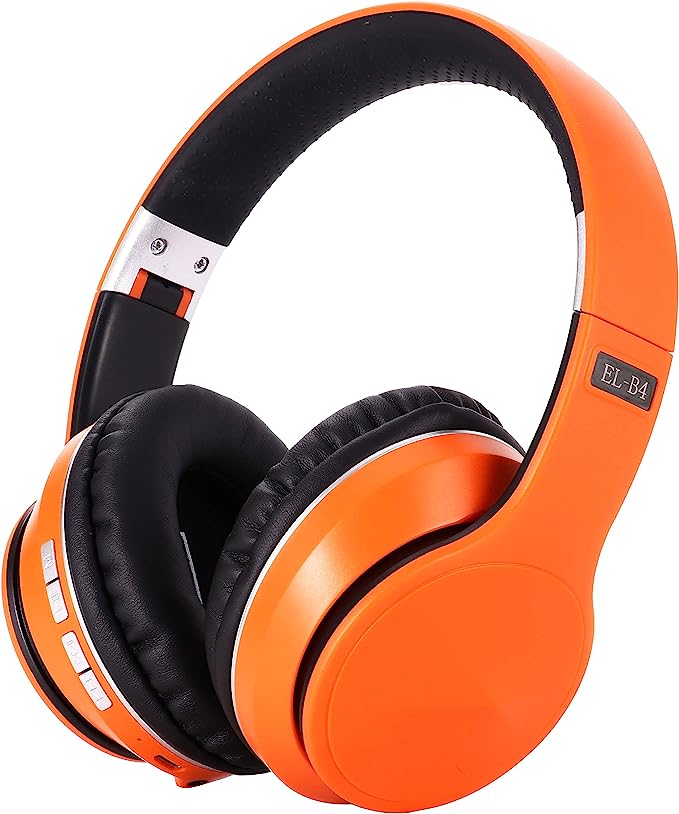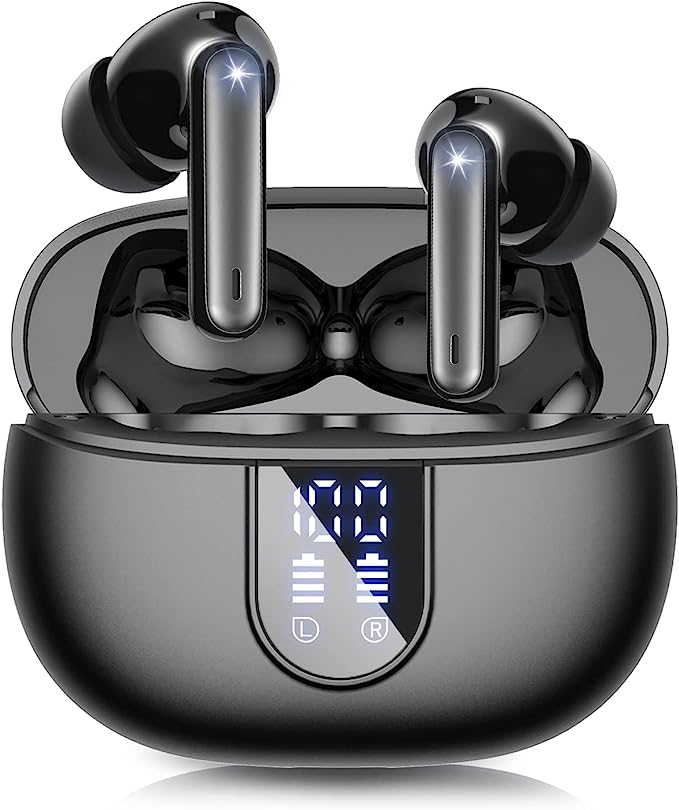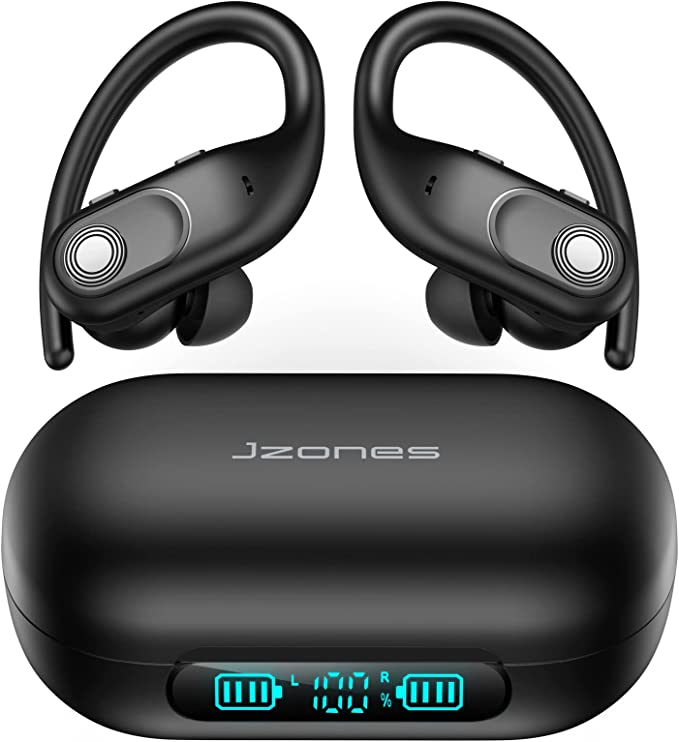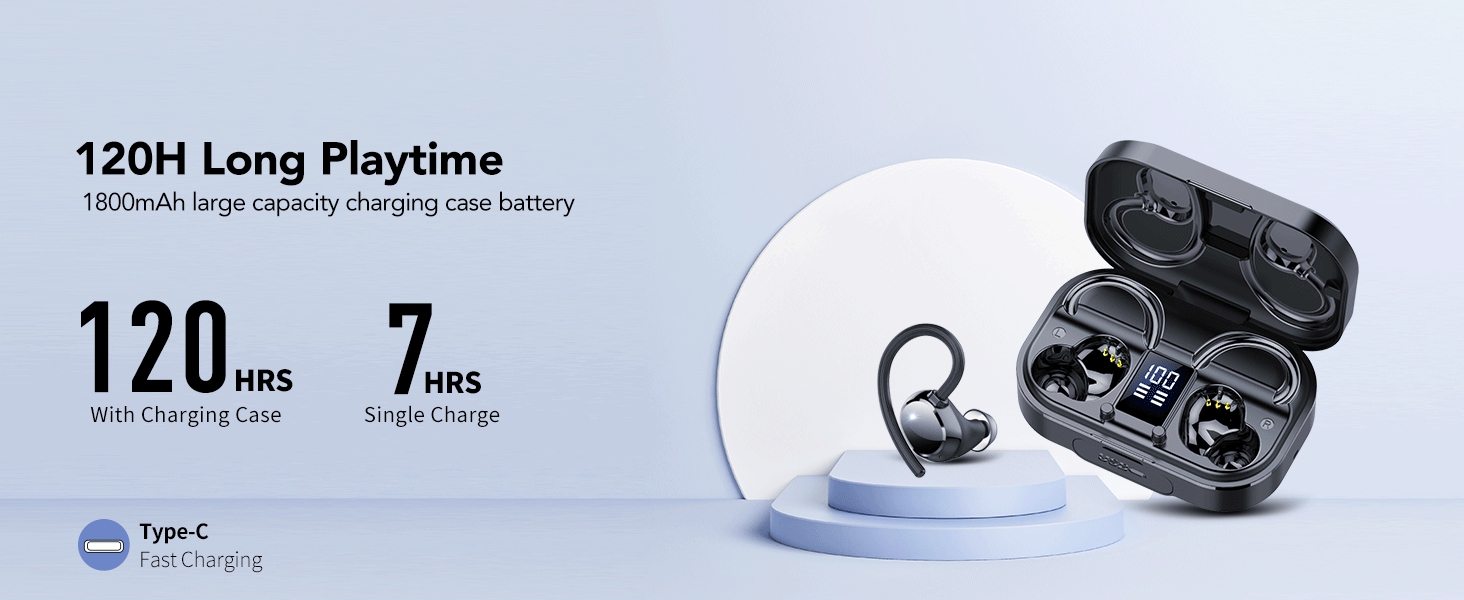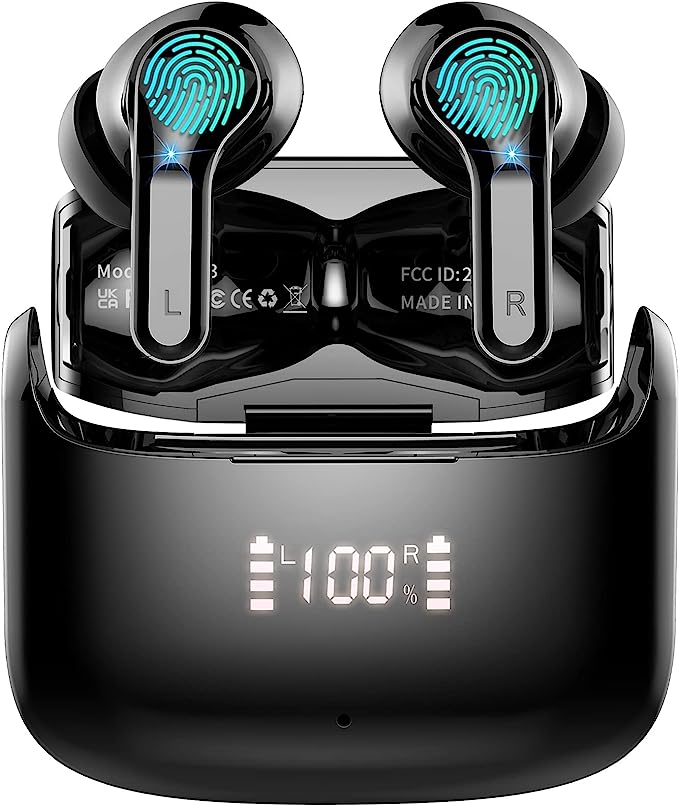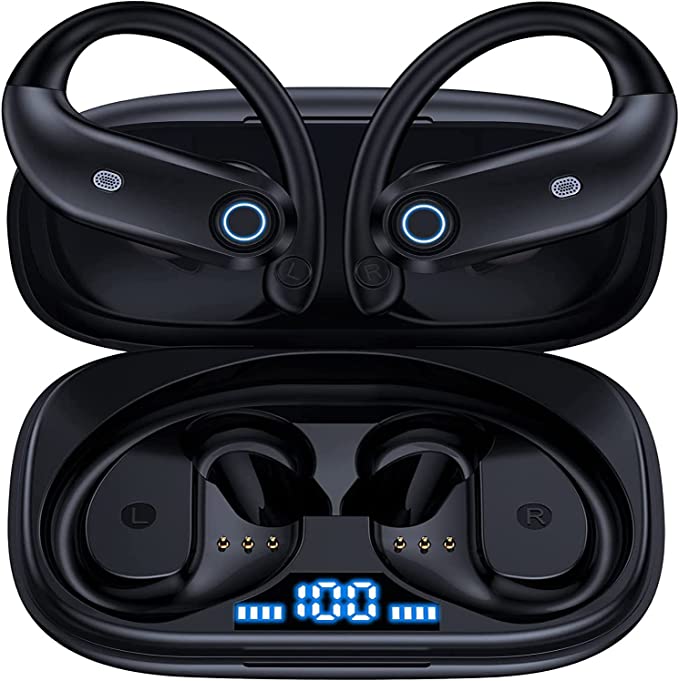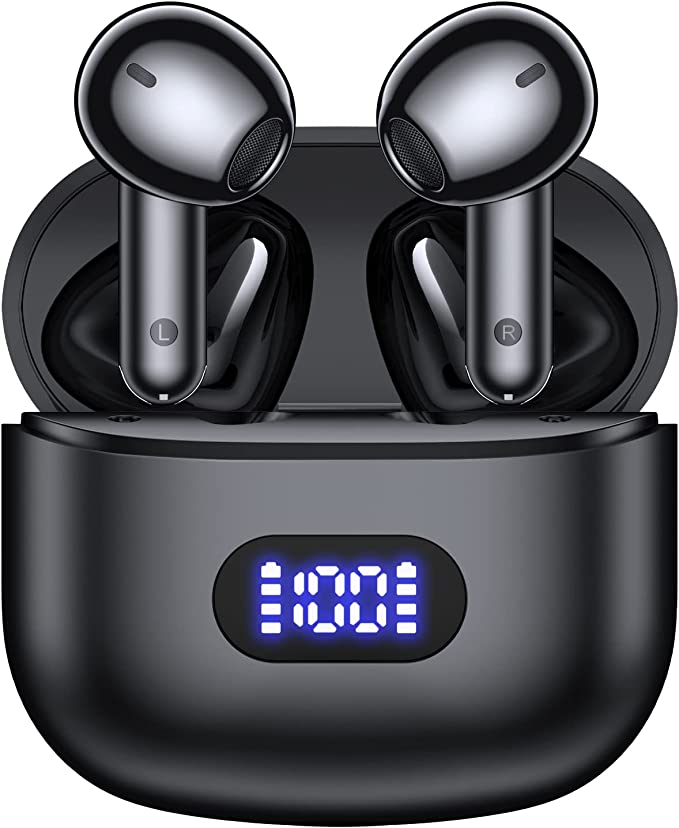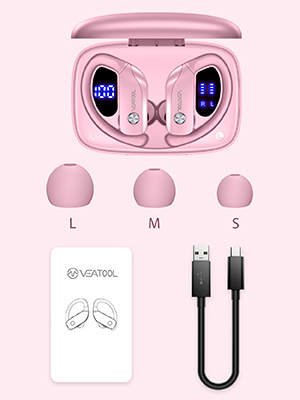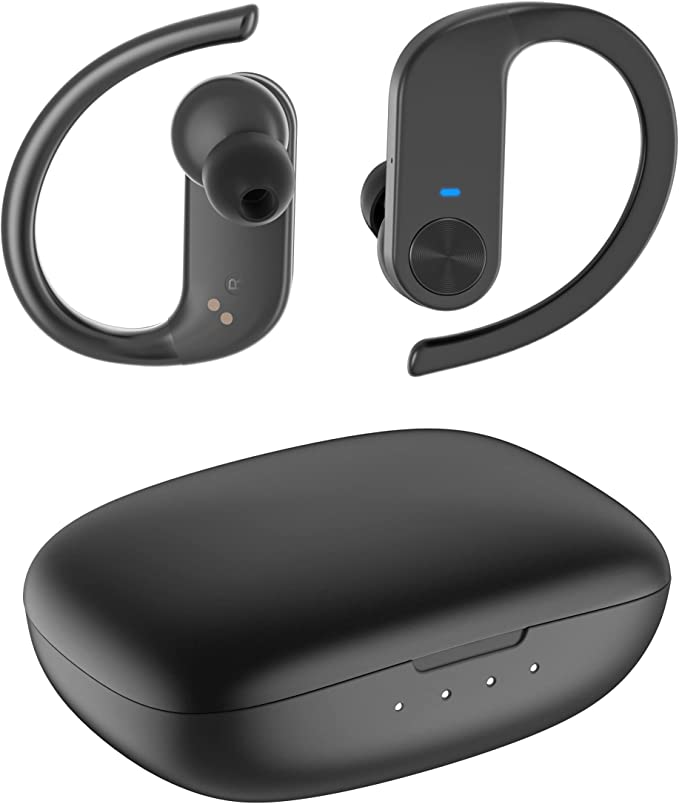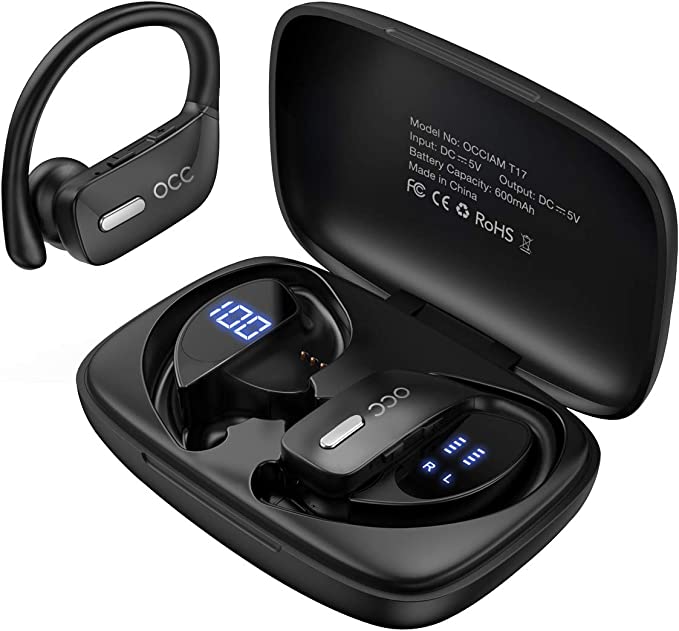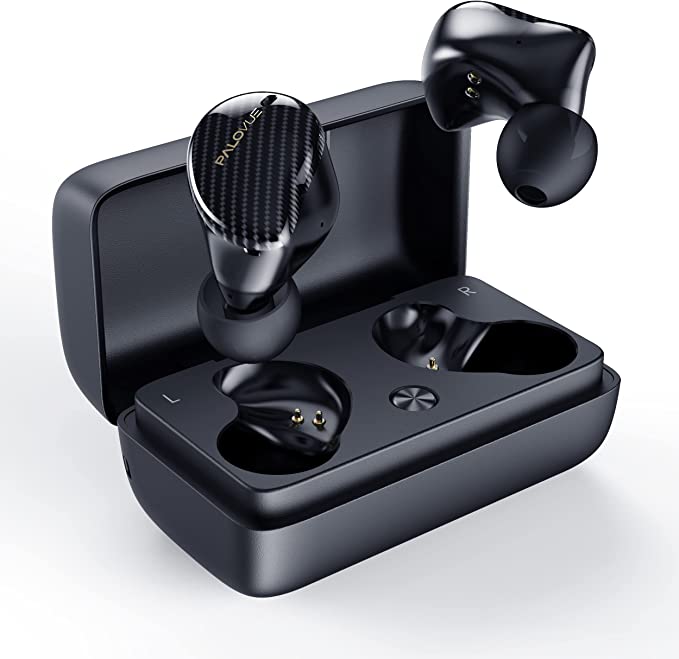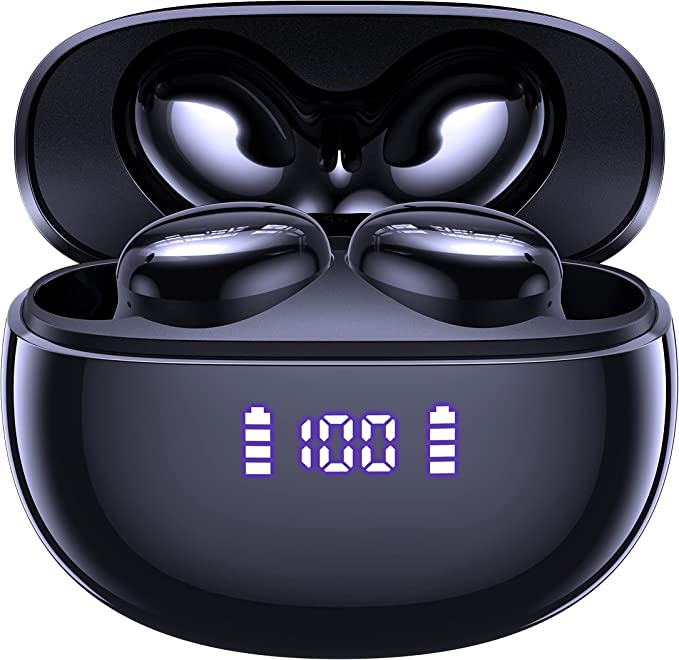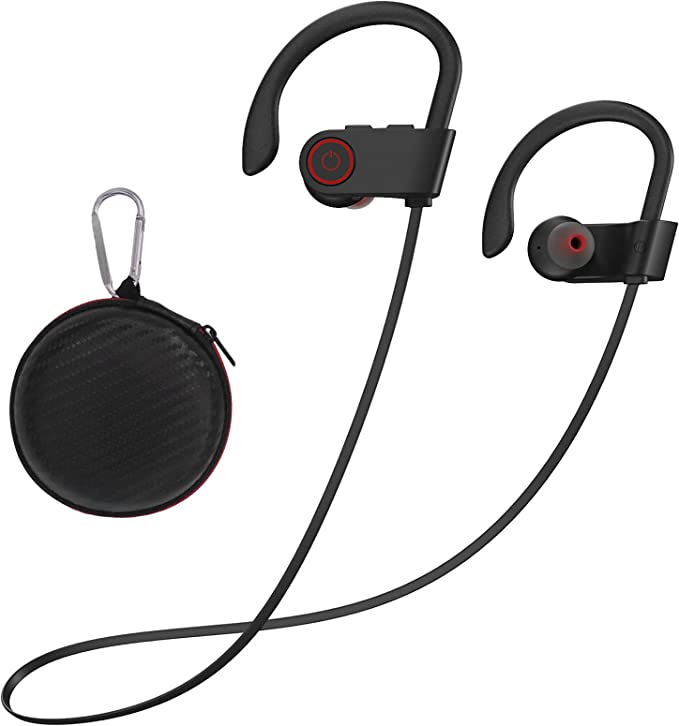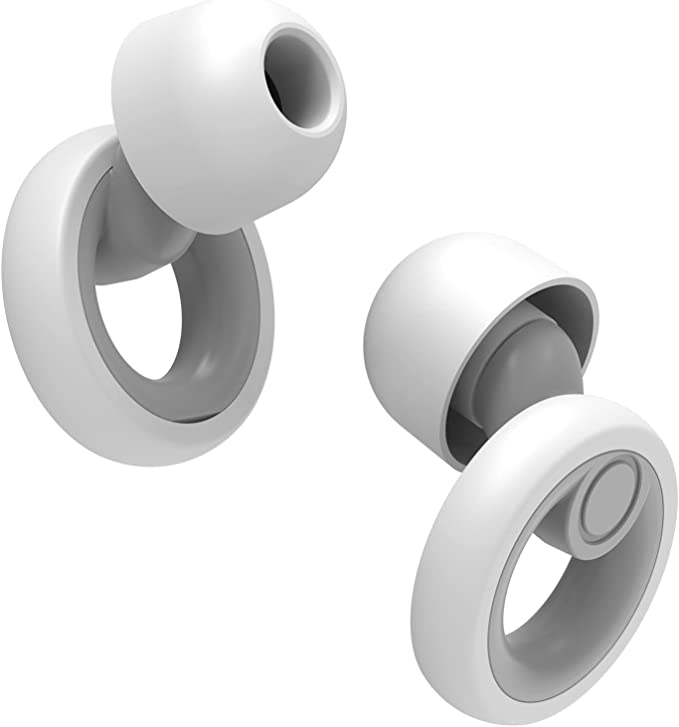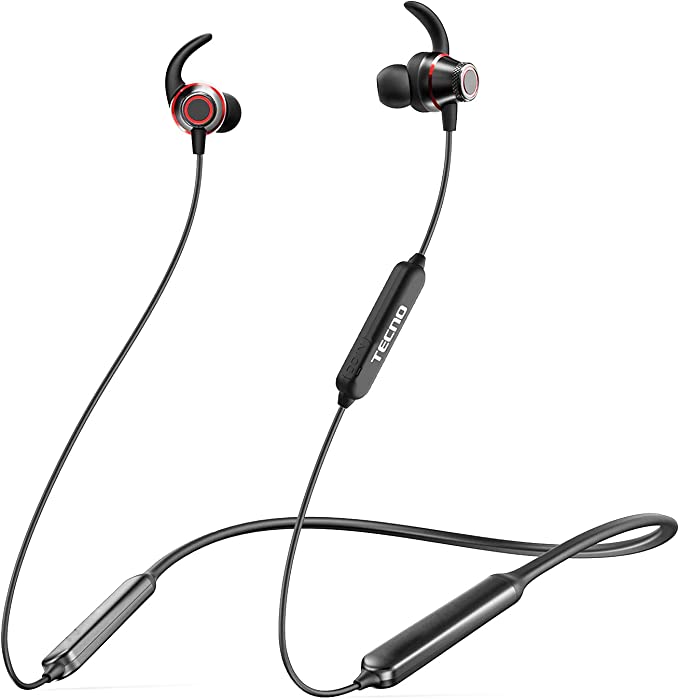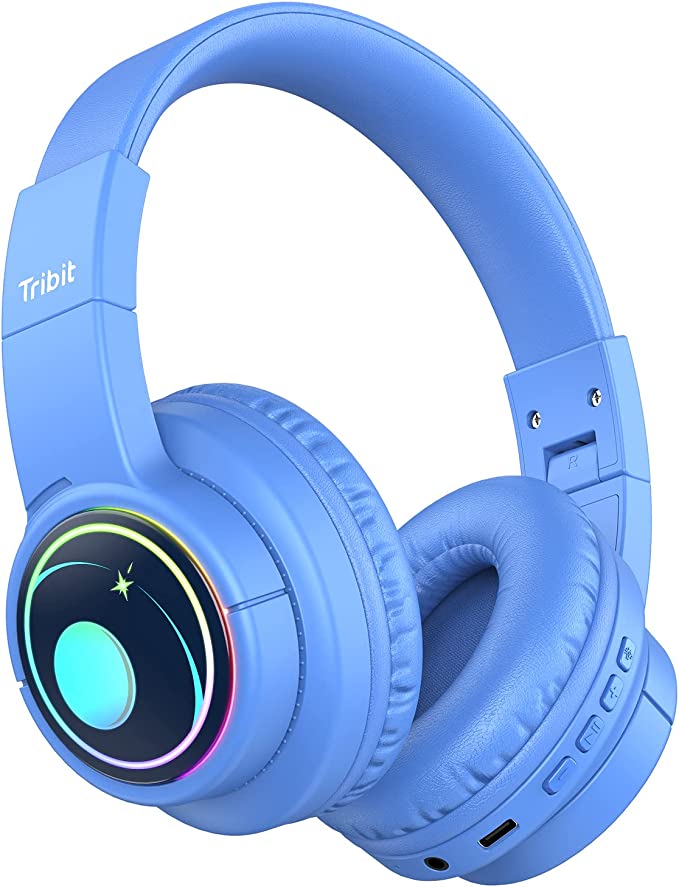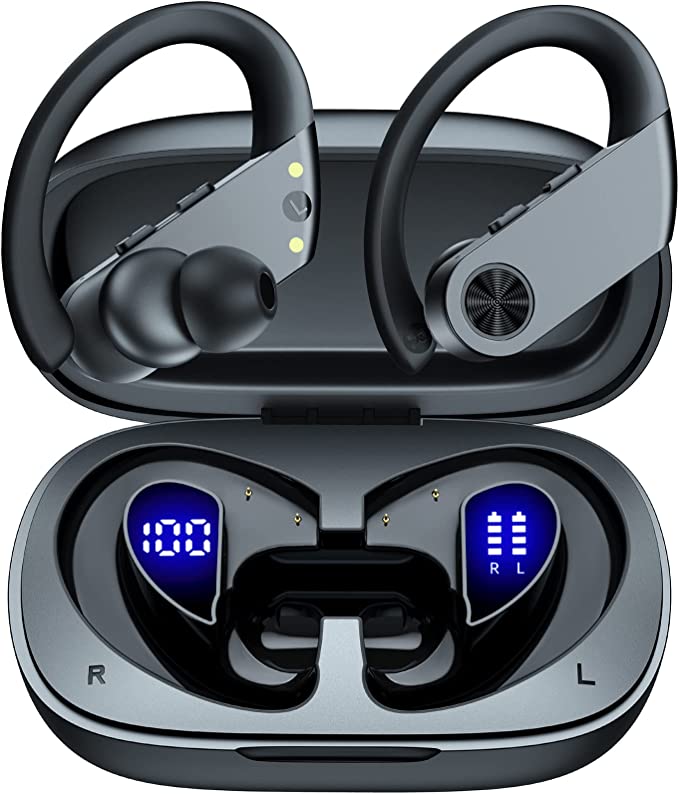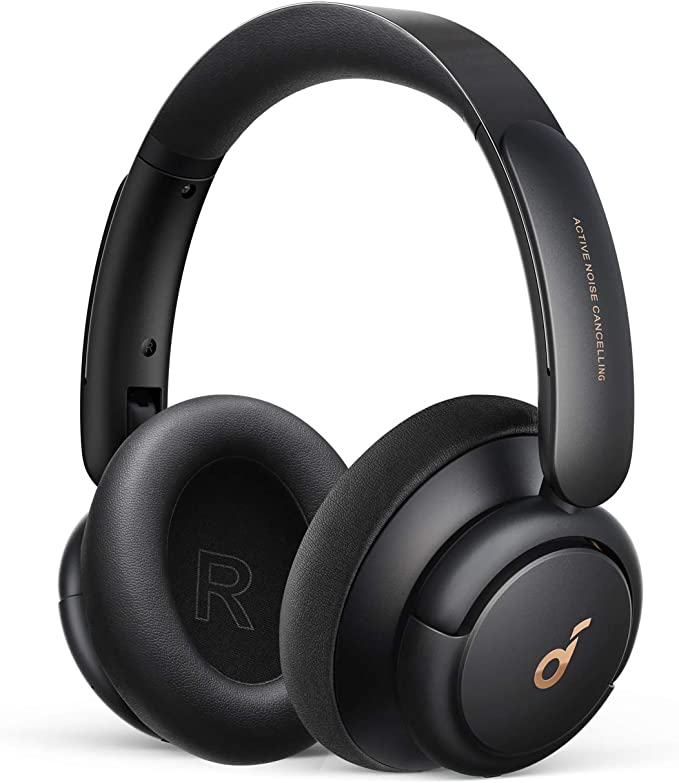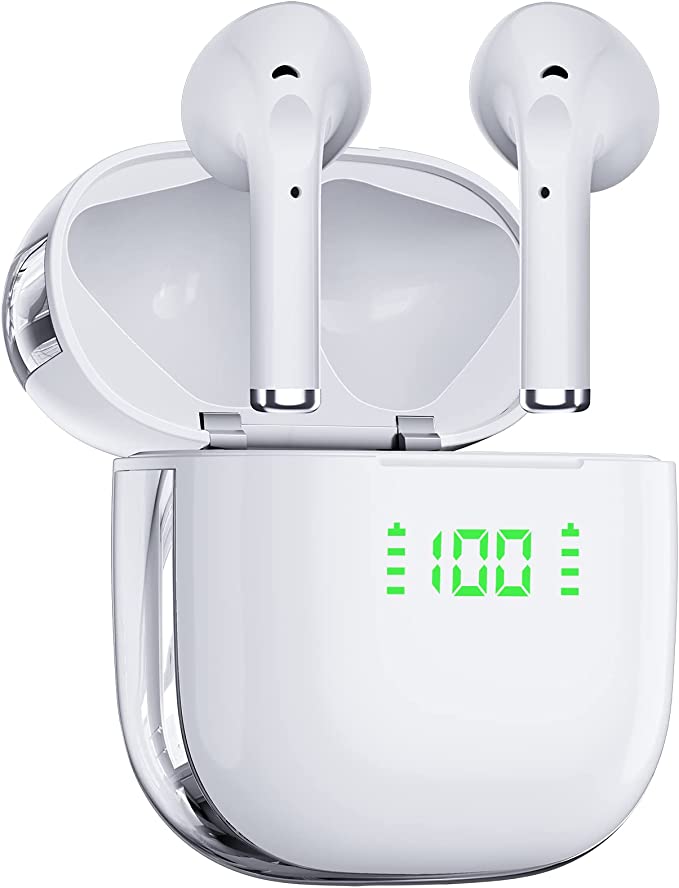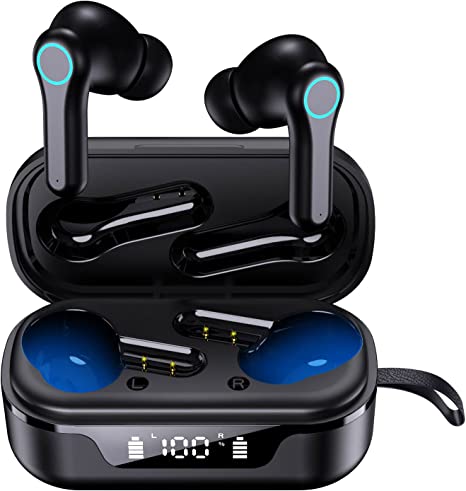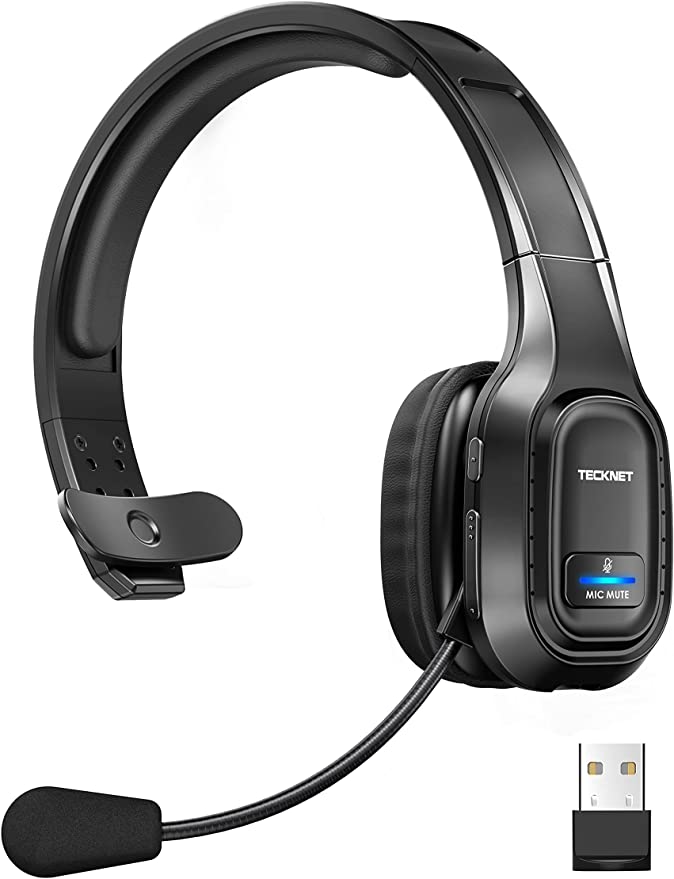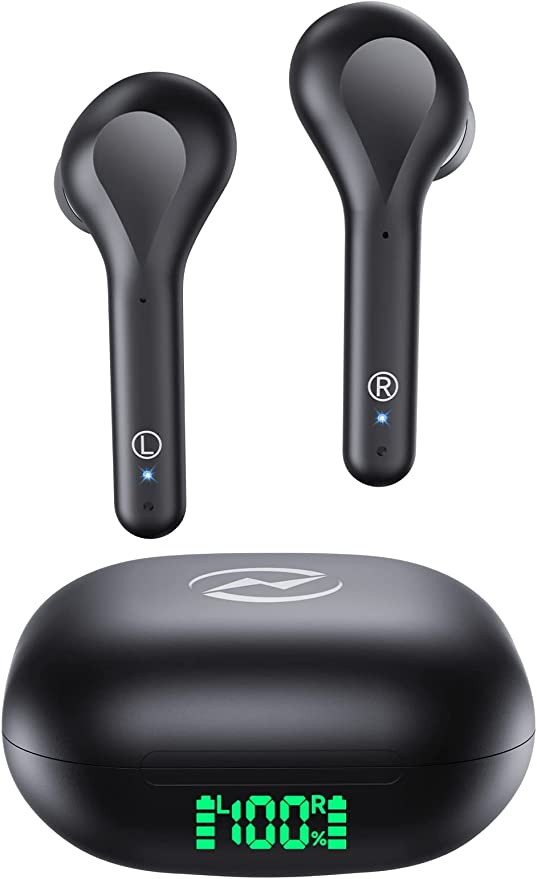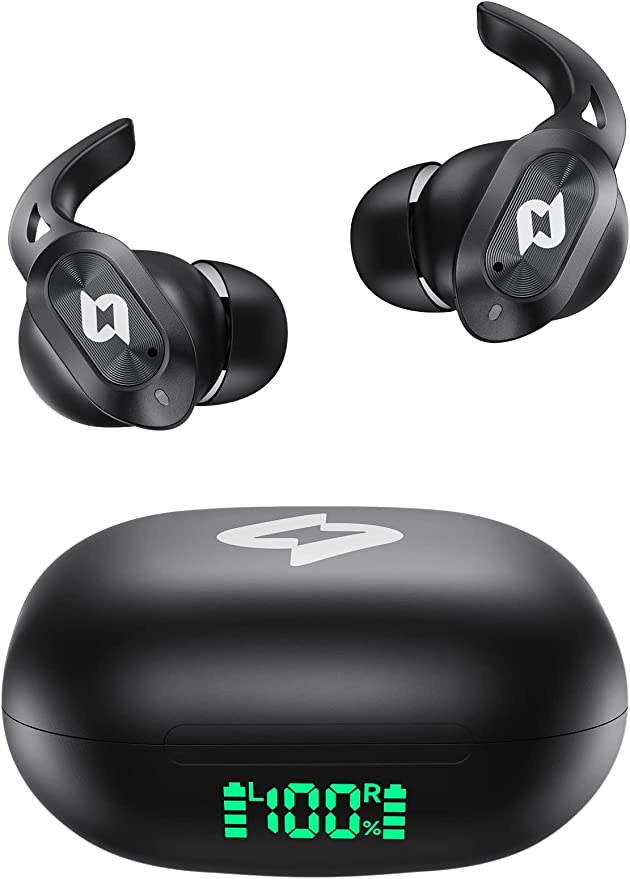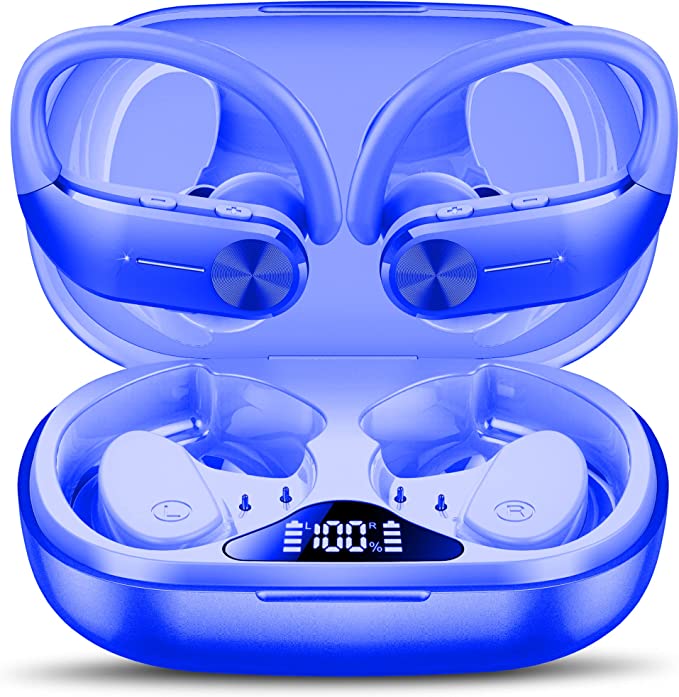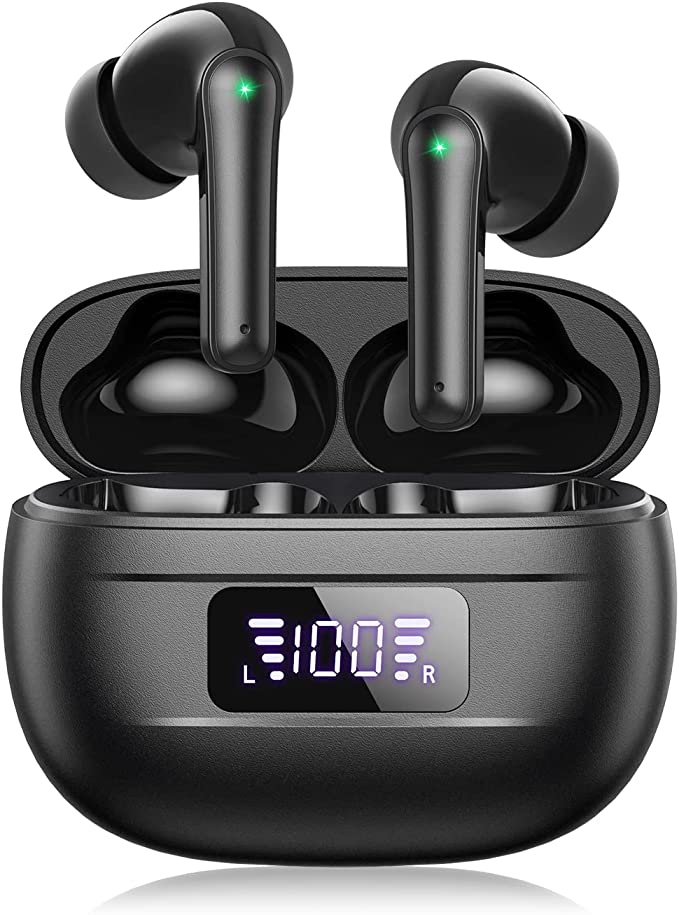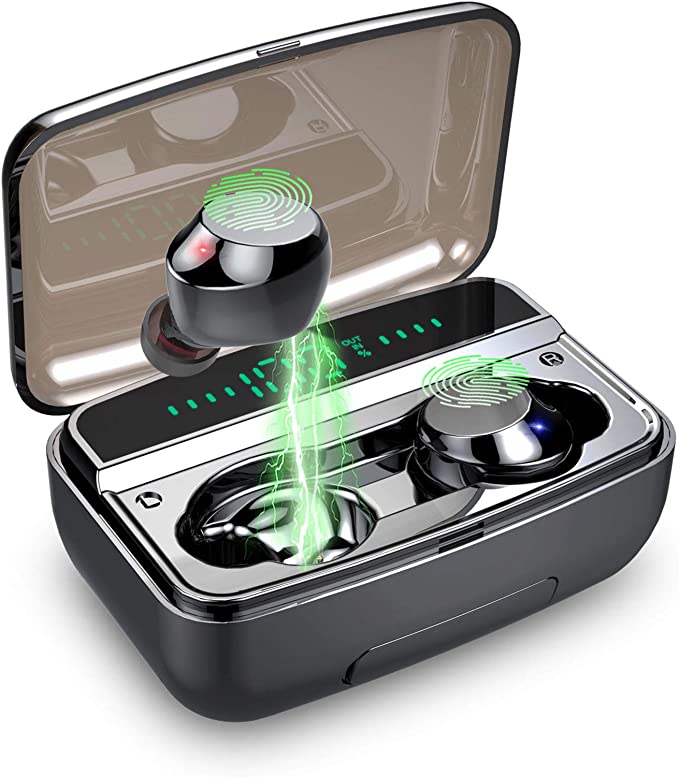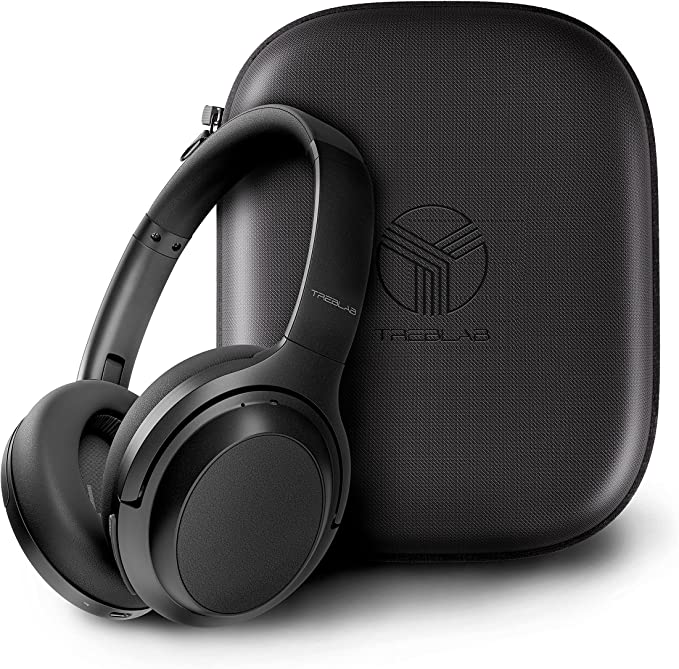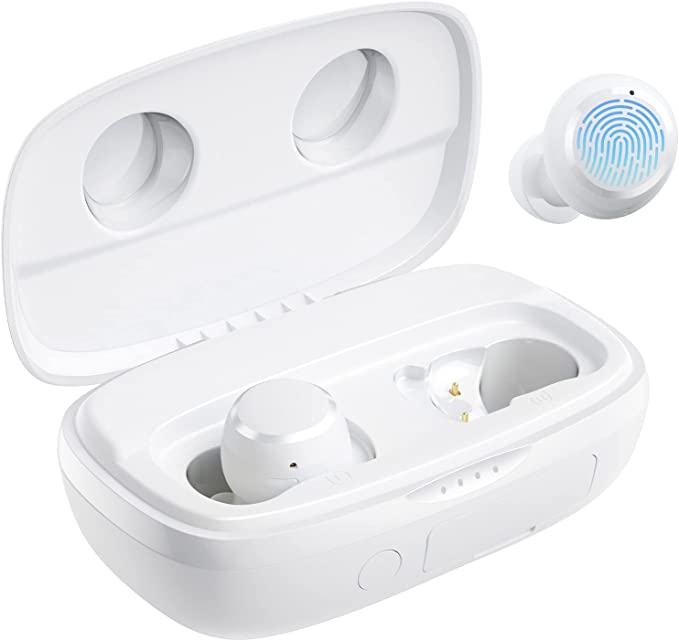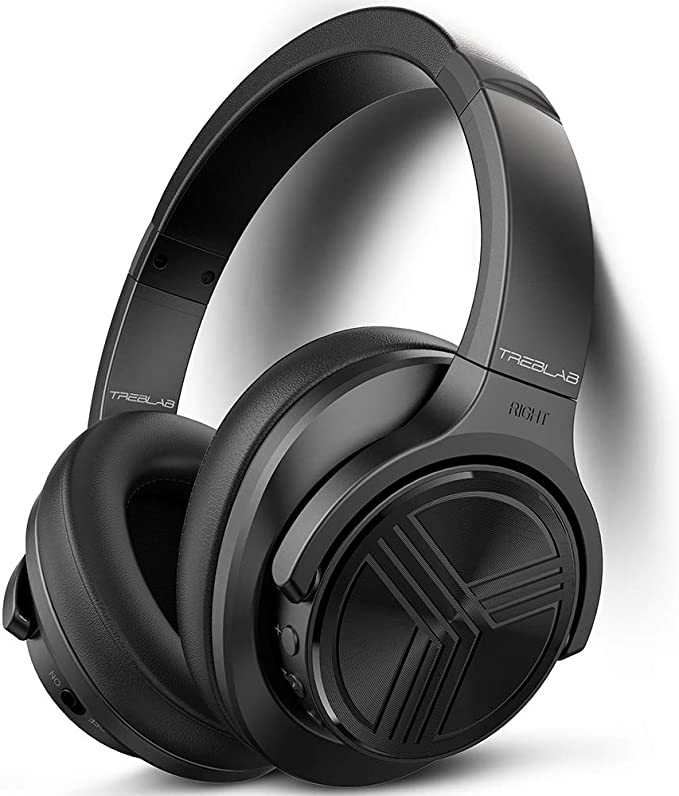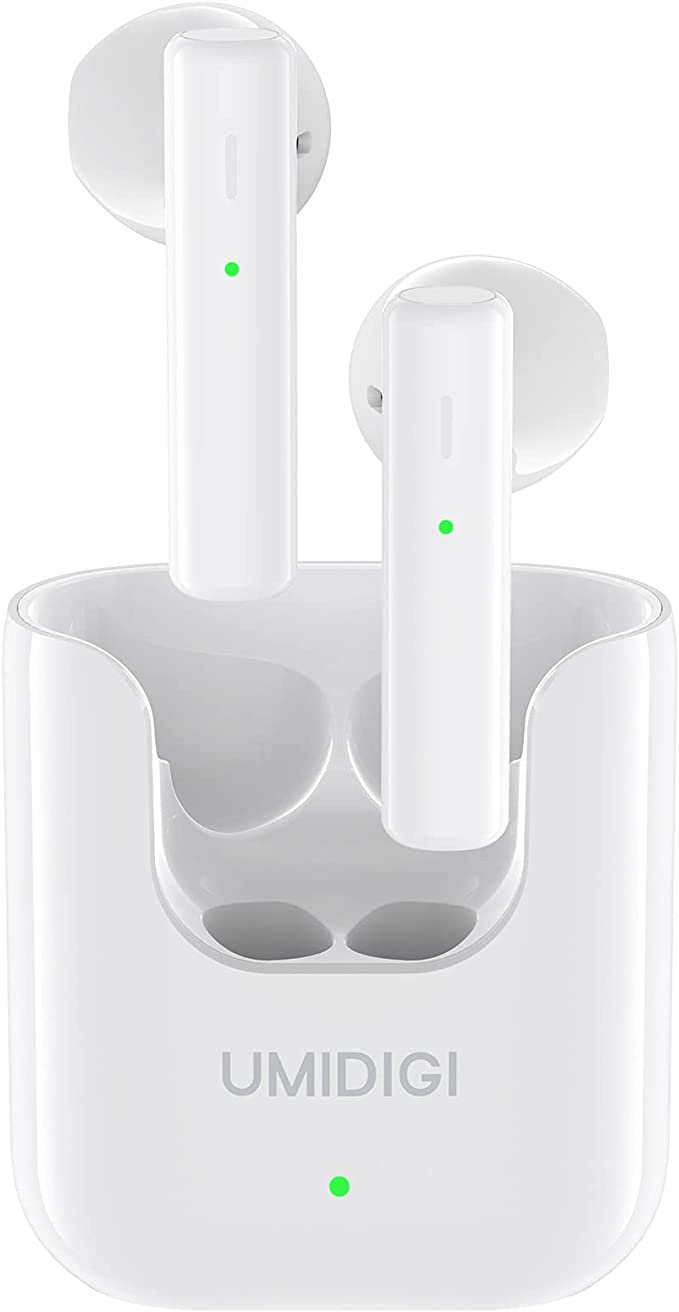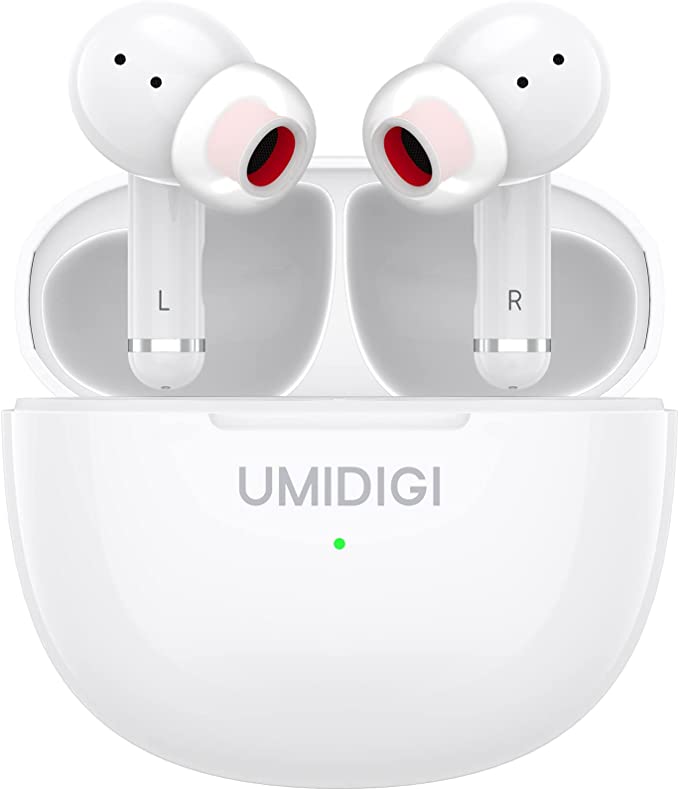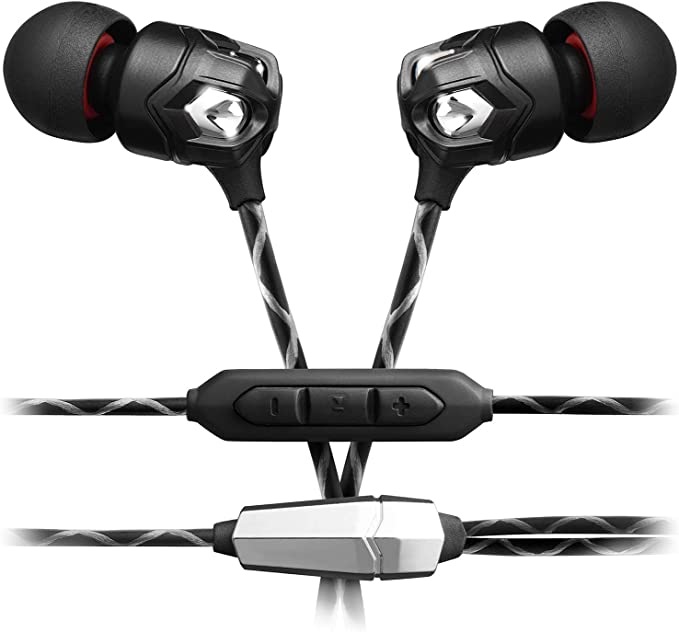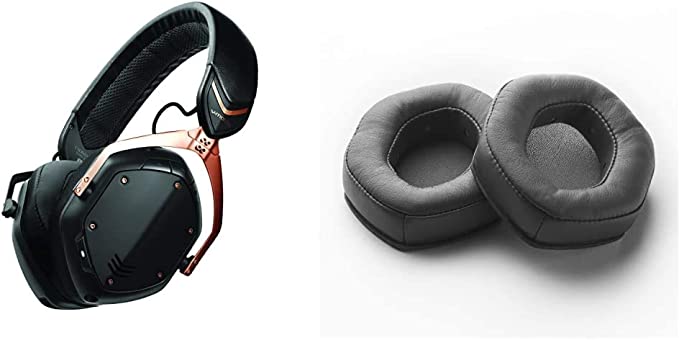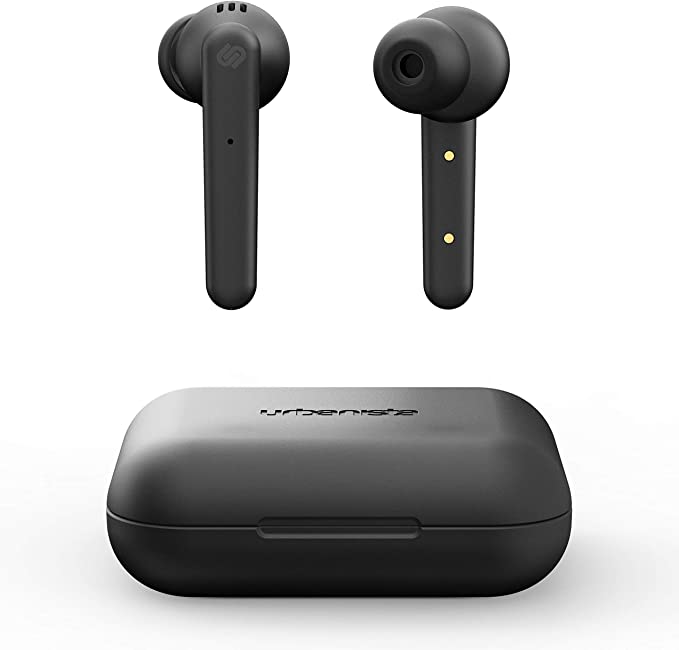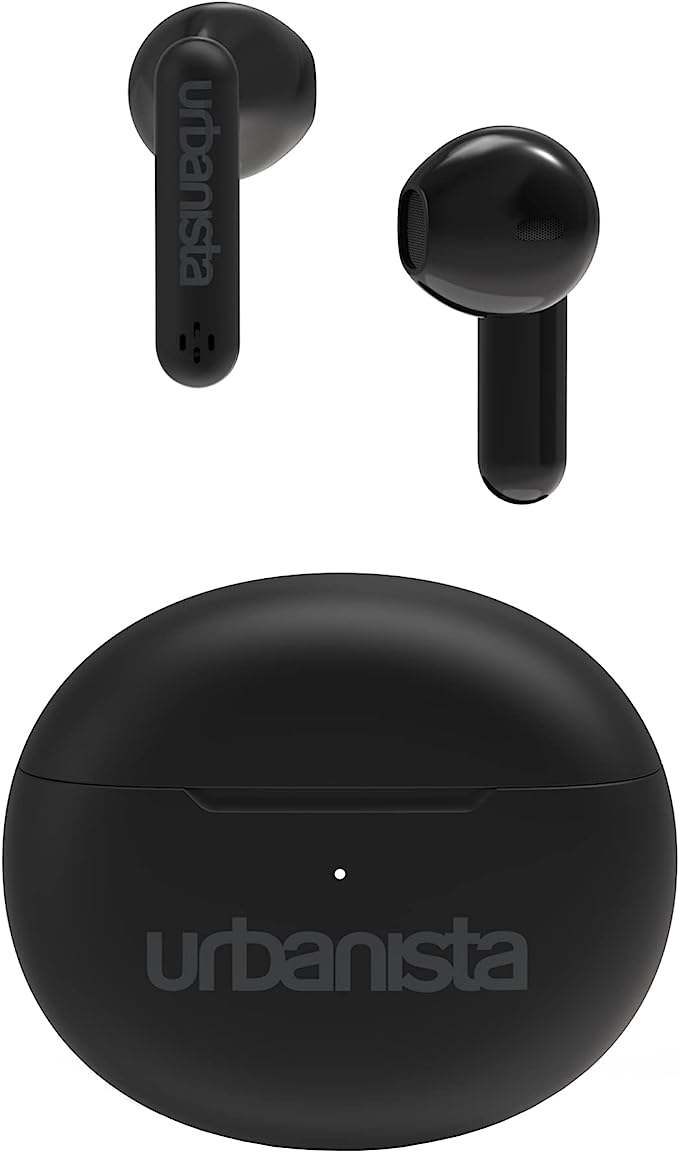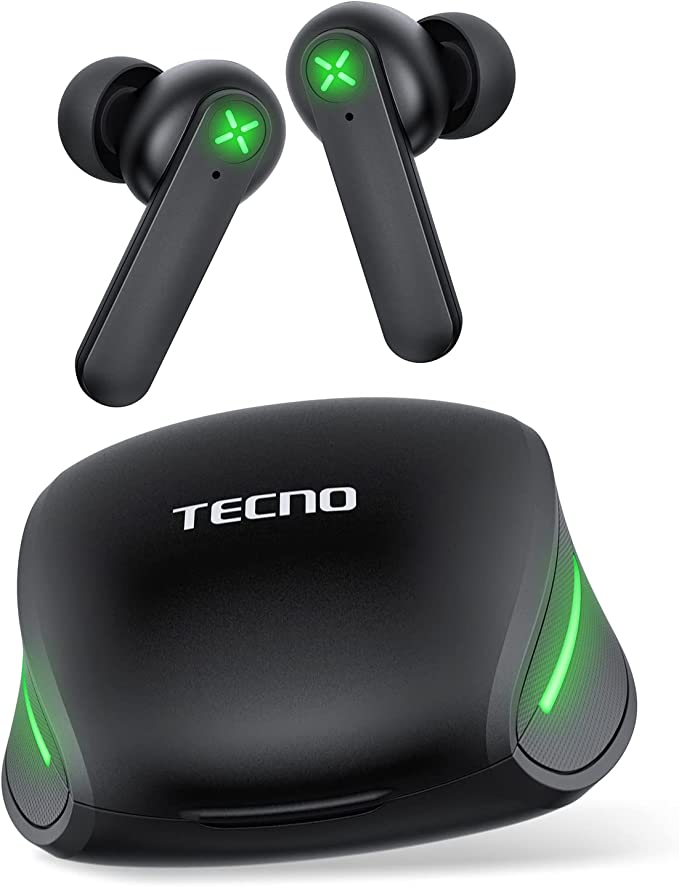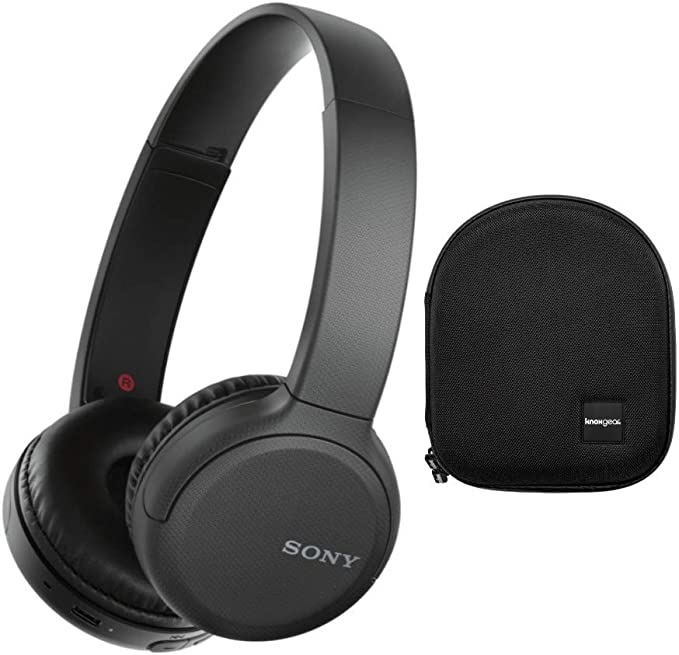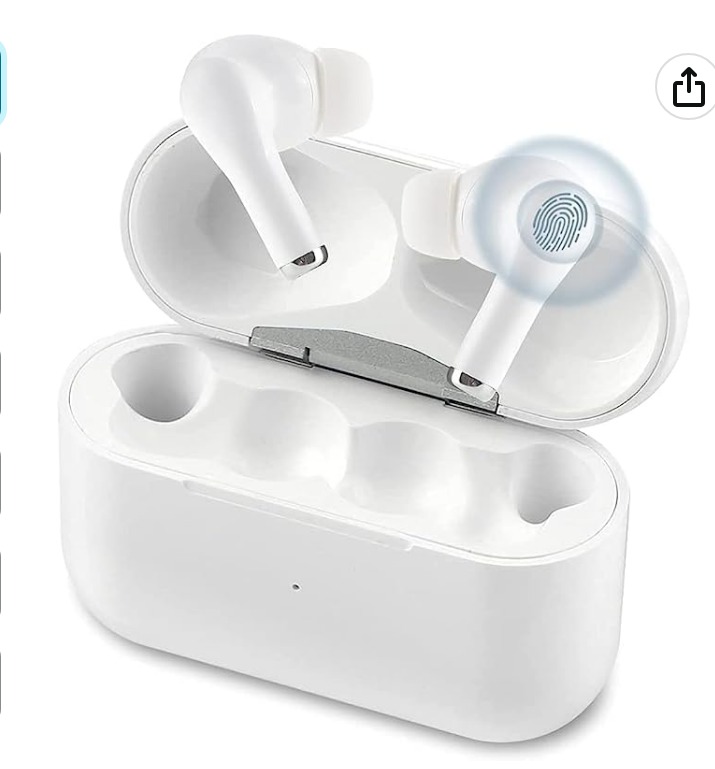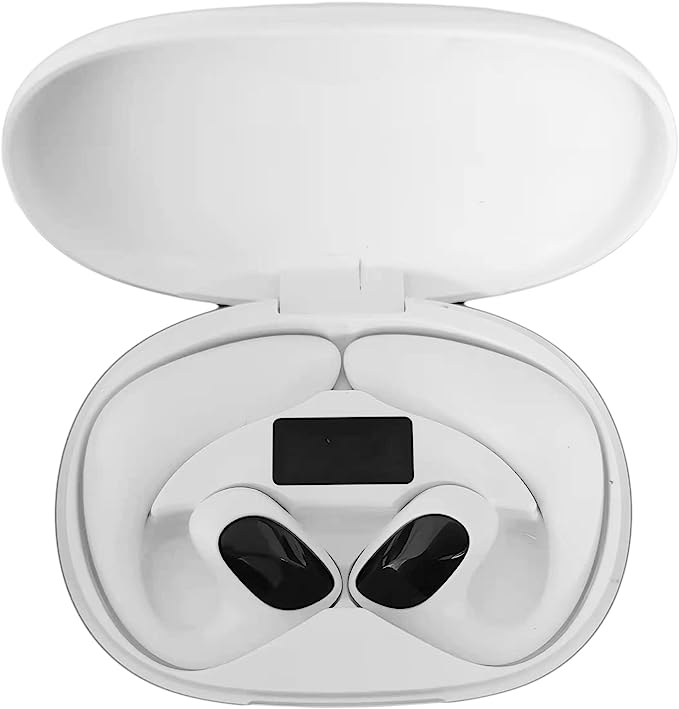JBL T460BT Extra Bass Wireless On-Ear Headphones : A Bass-heavy Bargain for Urban Commuters
Update on June 20, 2025, 8:47 a.m.
Ever stop to think about the sheer amount of invisible science that accompanies you on your daily commute, during your workout, or as you unwind with a podcast? Chances are, a pair of headphones is your trusted companion, transforming mundane moments into personal concerts or immersive learning sessions. Take the JBL T460BT Extra Bass Wireless On-Ear Headphones, for instance. They might seem straightforward, but beneath that sleek black exterior lies a fascinating interplay of acoustics, wireless wizardry, and clever engineering designed to deliver your daily soundtrack. Let’s peel back the layers and explore the science that makes these everyday audio companions tick.

At the very heart of any headphone, the part responsible for conjuring sound out of thin air, is the driver. The T460BT headphones house a pair of 32-millimeter dynamic drivers. Imagine these as tiny, incredibly precise loudspeakers, one for each ear. How do they work? Think of a miniature drum. An electrical audio signal from your phone or music player flows into a fine coil of wire (the voice coil) attached to a lightweight membrane (the diaphragm). This coil sits within a magnetic field. When the electrical signal pulses through the coil, it becomes a temporary electromagnet, rapidly pushing and pulling against the permanent magnet. This causes the diaphragm to vibrate – much like a drum skin – thousands of times per second. These vibrations push and pull the air, creating pressure waves that your ears perceive as sound. It’s a beautifully simple principle, rooted in fundamental electromagnetism, that’s been refined over decades to fit snugly on your ears.

Now, about that “Extra Bass” and “JBL Pure Bass Sound.” Bass frequencies are the low, rumbly notes in music – the thud of a kick drum, the deep hum of a bass guitar. Scientifically, these are sound waves with longer wavelengths that require more energy and air movement to be reproduced effectively. This is where the 32mm driver size comes into play. A larger diaphragm can generally move more air than a smaller one, making it better suited for generating those satisfying low notes. But “JBL Pure Bass” isn’t just about loudness; it’s an aspiration for clarity and impact in those lower registers. Imagine the difference between a muddy, indistinct rumble and a tight, punchy bassline that you can almost feel. Good bass reproduction aims for the latter, minimizing distortion so that the low notes are clean and well-defined, adding richness and emotional depth to your music. This is partly why genres like electronic dance music, hip-hop, or even orchestral pieces with powerful cellos and double basses can feel so immersive – the bass provides a foundational, often visceral, layer to the soundscape.
One of the most liberating features of modern headphones like the T460BT is their wireless capability, specifically Bluetooth. Remember the daily ritual of untangling headphone wires? Bluetooth consigned that frustration to history for many. Think of Bluetooth as a sophisticated, invisible handshake between your audio device and your headphones. It operates in the 2.4 Gigahertz radio frequency band – the same busy neighborhood used by Wi-Fi routers and microwave ovens. To avoid getting its signals crossed, Bluetooth employs a clever trick called Frequency-Hopping Spread Spectrum (FHSS). This means the connection rapidly “hops” between dozens of different frequencies within that band many times per second. If one frequency channel has interference, the signal just hops to a clear one, ensuring a relatively stable and continuous audio stream. For you, the listener, this translates into the freedom to stash your phone in your pocket or bag and move around without being physically tethered, a real boon whether you’re navigating a crowded train or just dancing in your kitchen. Most Bluetooth audio, by default, uses a standard “codec” (coder-decoder) called SBC (Subband Codec) to compress and decompress the audio data for this wireless journey – it’s the universal language that ensures most devices can talk to each other.

Beyond the sound and the wireless connection, the physical design of headphones plays a huge role in your experience. The T460BT features an “on-ear” (or supra-aural) design, meaning the earcups rest directly on your outer ears. This style often strikes a balance: it’s more compact and typically lighter than bulky over-ear models, yet can offer a bit more passive sound isolation – a gentle muffling of outside noise – compared to tiny earbuds. Speaking of weight, the product information lists these at around 300 grams (roughly 0.66 pounds). Why does this matter? Imagine holding an apple to your ear versus a heavy textbook. Over extended listening periods, even seemingly small differences in weight can impact comfort, leading to pressure points or neck strain. Ergonomic design in headphones is all about distributing this weight effectively and choosing lightweight yet durable materials – often advanced plastics and cushioning foams – to make those hours of listening a pleasure, not a pain. And when you’re done, the “flat foldable” design is a simple but smart piece of mechanical engineering. Hinges allow the earcups to fold inward, making the headphones much more compact and easier to slip into a bag without taking up precious space – a practical touch for anyone on the move.
your music or taking calls.

Of course, all this wireless, bass-pumping goodness needs power. The promise of “up to 11 hours of uninterrupted audio playback on a single charge” is a testament to both efficient battery technology and smart power management. Most modern portable electronics, including these headphones, rely on Lithium-ion or Lithium-polymer batteries. These chemical powerhouses are favored for their high energy density, meaning they can pack a lot of electrical energy into a relatively small and light package. But it’s not just about the battery itself; the internal electronics – the Bluetooth chip, the audio amplifier – are also designed to sip power, not gulp it. For many users, 11 hours is enough to cover several days of commuting, a full workday of background music, or a long journey without reaching for the charger. This significantly reduces “battery anxiety,” letting you focus on your audio, not your power levels.

And to keep you in control without constantly reaching for your phone, the T460BT features music and call/microphone controls directly on the earcup. These physical buttons typically allow you to play or pause your music, skip tracks, adjust the volume, and even answer calls thanks to the built-in microphone. It’s about making the interaction with your audio as seamless and intuitive as possible.
When thousands of users rate a product highly – in this case, an average of 4.4 out of 5 stars from over 15,000 ratings, with “Value for money” scoring a notable 4.7 – it suggests that the blend of these scientific and engineering principles is hitting the mark for many. The focus on impactful bass, the convenience of wireless listening, comfortable design, and long battery life, all at an accessible price point, clearly resonates.

So, the next time you pop on your JBL T460BT headphones, or any headphones for that matter, take a moment to appreciate the symphony of science nestled within. From the physics of sound wave generation in those compact drivers to the intricacies of wireless radio transmission, the chemistry of long-lasting batteries, and the thoughtful ergonomics of their design – it’s a remarkable feat of engineering that brings your favorite audio to life, wherever your day takes you. It’s not magic; it’s just very clever science, working silently to enrich our everyday experiences.

